Musée Tiskiwin (Tiskiwin Museum)
The former home of Dutch anthropologist Bert Flint now houses a collection of Berber art and artifacts.
There are a host of imperial palaces to discover in Marrakech. For something a little different, then look no further than Dutch anthropologist Bert Flint’s collection of cultural artifacts; all housed in a finely restored Riad.
Once ranked as Morocco’s most charming (small) museum, Musée Tiskiwin is a world of its own. Away from the frenzied souks, but close enough to the popular Mellah and Kasbah districts, few tourists know this wonderful attraction exists.
Inconspicuous from the outside, the mezzanine’s courtyard is filled with trees ripe with mandarins. You can take a seat there in the shade and if your lucky, have a sip of thé á la menthe. Only a few of the curated descriptions in English match the associated exhibits. Piecing together the text and exploring which captions relate to which artifacts adds to the museum’s charm.
The imagination wanders as you retrace the old caravan routes Berber tribes traveled for centuries across the Sahara, ultimately headed for Mali and Timbuktu. Upstairs is where the tour begins. Exhibits are filled with carpets, brooches, and tents of Amazigh culture. The Amazigh (or Berbers) lived in western Maghreb for thousands of years before Arabs arrived during the 7th century. They often formed communities nestled in the Atlas foothills.
The leatherwork on display is especially memorable. It’s a specialty among the peoples of the Sahel, and is viewed as almost sacred. The leatherwork on display was mainly used as gifts or were given to community elders. One item that doesn’t look at all comfortable is a leather girdle worn by men racing horses.
You can smell and sense the history throughout the exhibits. The tour winds through rooms dedicated to Algeria and Mauritania. The museum reminds visitors that these weren’t just vast stretches of sand, but fiefdoms and battlegrounds for warring tribes. Accessories are sprinkled all over the museum from jewelry to headwear, all symbolizing the cultural diversity of the region.
Perhaps the quirkiest exhibit of them all are the photos of the Wodaabe Fulani people, who lived in Agadez (Niger). They are pictured celebrating the annual Gerewol courtship ritual filled with elaborate ornamentations.
Another notable feature of the museum is the layered history on the Jews of Morocco, which although touched on in other museums, is addressed here in anthropological detail. There are details about the fine silverwork and crafts of the Jewish people, along with how they co-existed with the Berbers. Sometimes they even self-identified as Berbers.
For a final splash of color, there are tapestries on display. Bert Flint spares no detail.
Know Before You Go
The museum doesn't automatically display curated text, you have to request an English copy on arrival. The museum sometimes closes for a couple of hours at 12:30 p.m and reopens around 2:30 p.m.

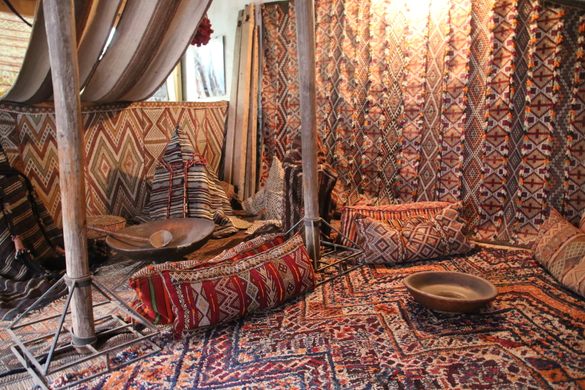
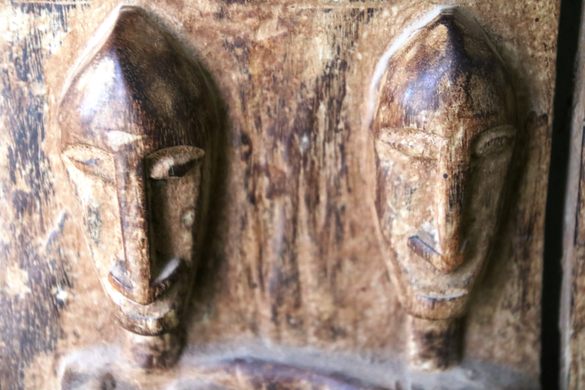
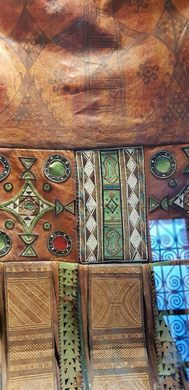
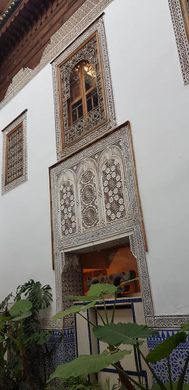

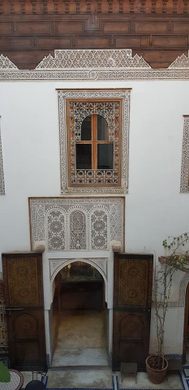



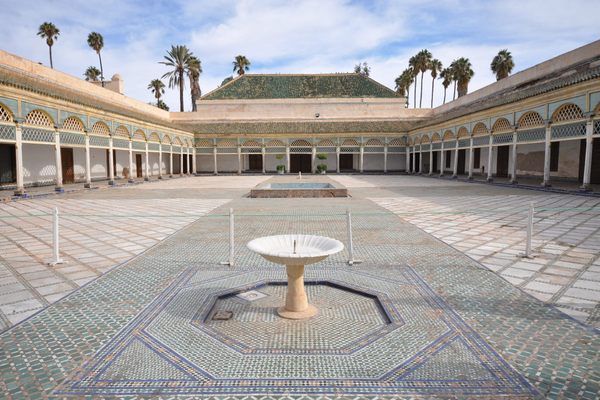

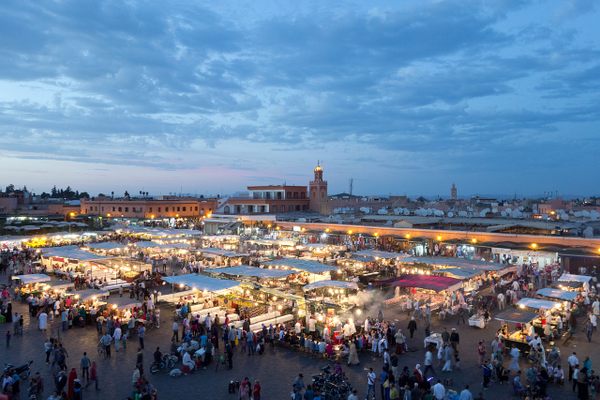
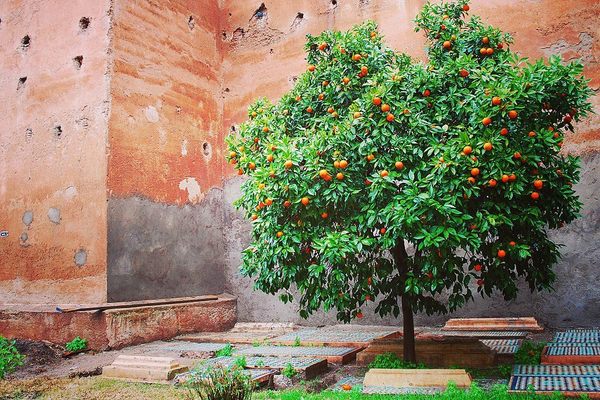





Follow us on Twitter to get the latest on the world's hidden wonders.
Like us on Facebook to get the latest on the world's hidden wonders.
Follow us on Twitter Like us on Facebook